The Art of Watching People: Yanis Machonis on Street Film Photography
Yanis Machonis shares his approach to street film photography — capturing authentic, unscripted moments in Rome and beyond.
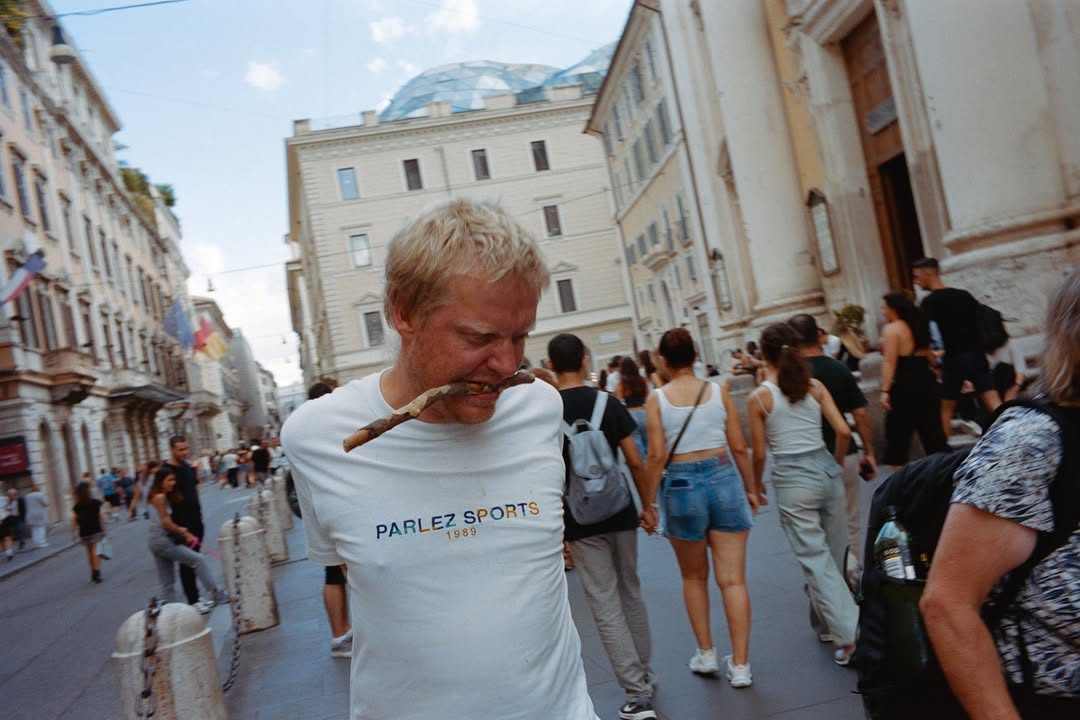
For Yanis Machonis, there's no separation between who he is as a person and who he is as a photographer — they naturally blend together in his work and way of seeing the world. For him, film photography is more than just pressing the shutter — it's a form of expression, a way to build a visual language that connects with his broader love for all things visual: graphic design, printed magazines, DIY zines, tattoo culture, vintage clothes and handmade crafts.
He's deeply involved in the whole process, from shooting to scanning and developing his own film because having full control over each step really matters to him. Looking ahead, Yanis dreams of having his own darkroom where he can print photos by hand, giving them a physical life beyond the screen: I want photography to live not just digitally, but also physically — something you can actually hold. It gives a new generation the chance to feel the magic of analog.
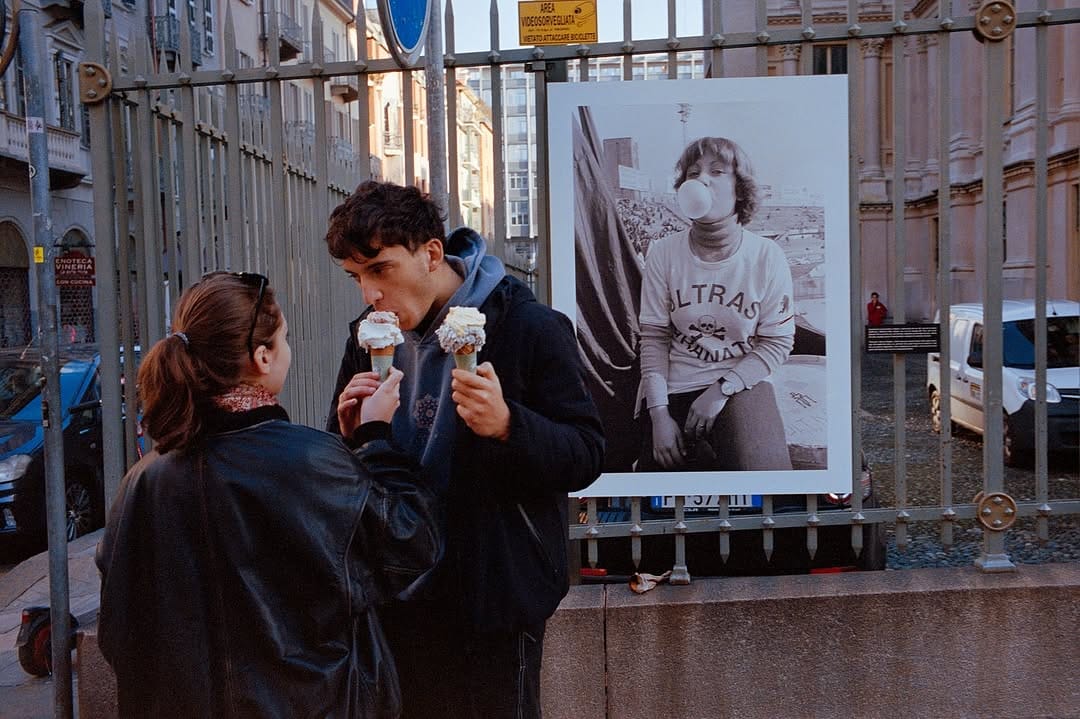
People are in real situations, showing real emotions. I love watching people. I like being part of the crowd, but just as an observer. That's how I communicate.
Yanis doesn't go out hunting for scenes. He carries his camera with him every day, letting the rhythm of the city guide him. Whether he's walking through the streets of New York, Rome or a quiet town, it's about staying open to whatever appears. Street photography is not about chasing perfect moments — it's about enjoying the process and seeing what the city offers. He rarely takes more than two or three frames of the same scene, unless he feels a shift in composition or angle might reveal something more. In the end, it's all about being present, even if he comes home with only a few photos.
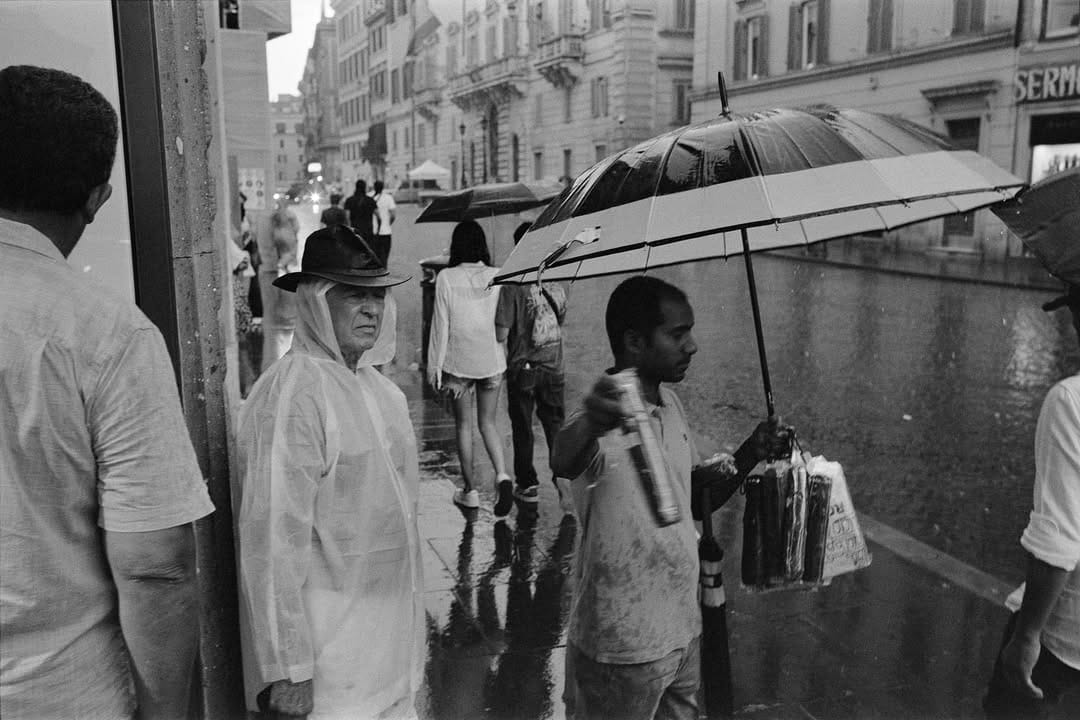

Yanis is a quiet observer, moving through the streets with a careful balance of curiosity and respect. He prefers to stay unnoticed, capturing moments as they naturally unfold, without disrupting the rhythm of the scene. Most of the time, people don't even realize I've taken a photo. It happens fast. I don't want to disturb the moment.
In his eyes, public spaces come with a certain openness. We're all part of the background in someone else's frame — whether we know it or not. Still, Yanis trusts his instincts. If something feels like it might make someone uncomfortable, he's not afraid to let it go. But there are other times when he chooses to get really close, knowing that the moment in front of him is worth the risk. That's the beauty and challenge of street photography: reading a situation in seconds, making quick decisions and always trying to find that quiet line between honest storytelling and respect.
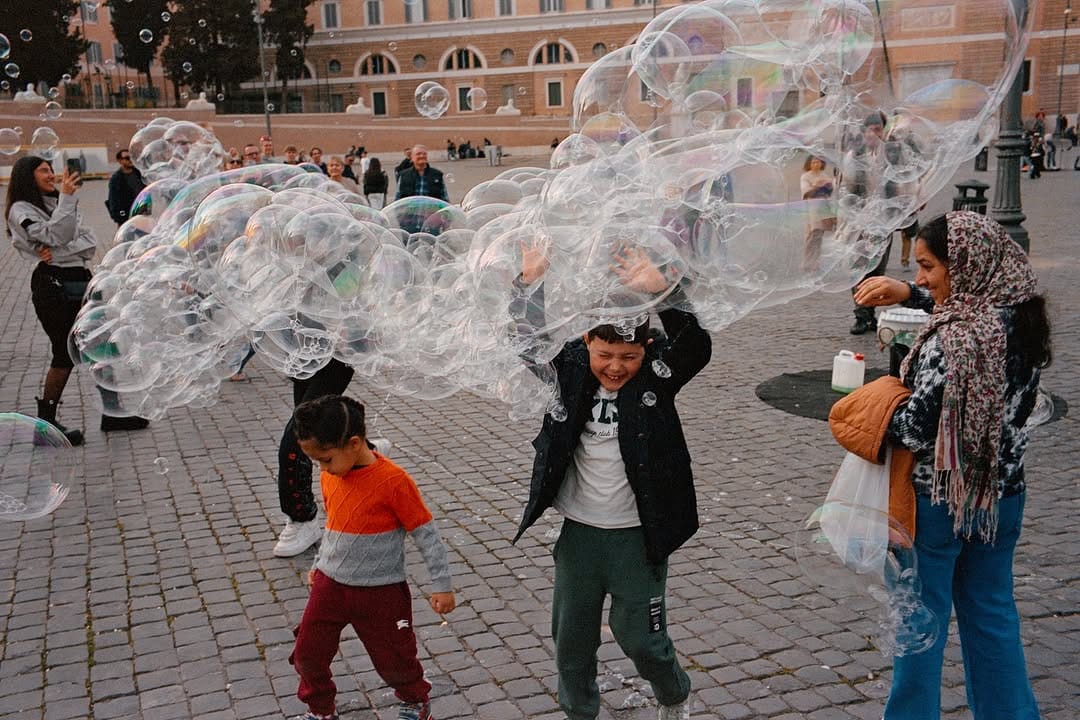
Over the years, Yanis Machonis has experimented with all kinds of cameras on the street, from simple point-and-shoots to Rolleiflexes. These days, he keeps things simple. His go-to setup is a Leica M6 paired with a 35mm Summicron lens. I usually shoot Portra 400 and Kodak Tri-X. Nothing secret here, just zone focusing, f/8 and 1/125 or 1/250, depending on the light.
For Yanis, film photography connects with memory. He often finds himself remembering not just the images, but the exact feelings and fleeting details that surrounded them. Some moments stay with him more often than others — like one evening at the Vatican that he'll never forget.
It was the day Pope Benedict passed away. Yanis went to Piazza San Pietro without expecting much, thinking the place would already be packed, but the square was still quiet, most people were still at work. He wandered near the colonnades, simply observing, when suddenly the energy shifted. A loud argument broke out, voices clashing in English with heavy accents. Within seconds, it escalated into a fight. I cocked the shutter and moved closer to shoot. The police were slow to react. I took a few photos and then, like many others, tried to break it up. It was the first time Yanis photographed a physical conflict — a raw, chaotic moment charged with adrenaline and uncertainty. These aren't my favorite images, but they're the ones I won't forget. Sometimes, it's not about the perfect photo, but about the story that stays with you long after.
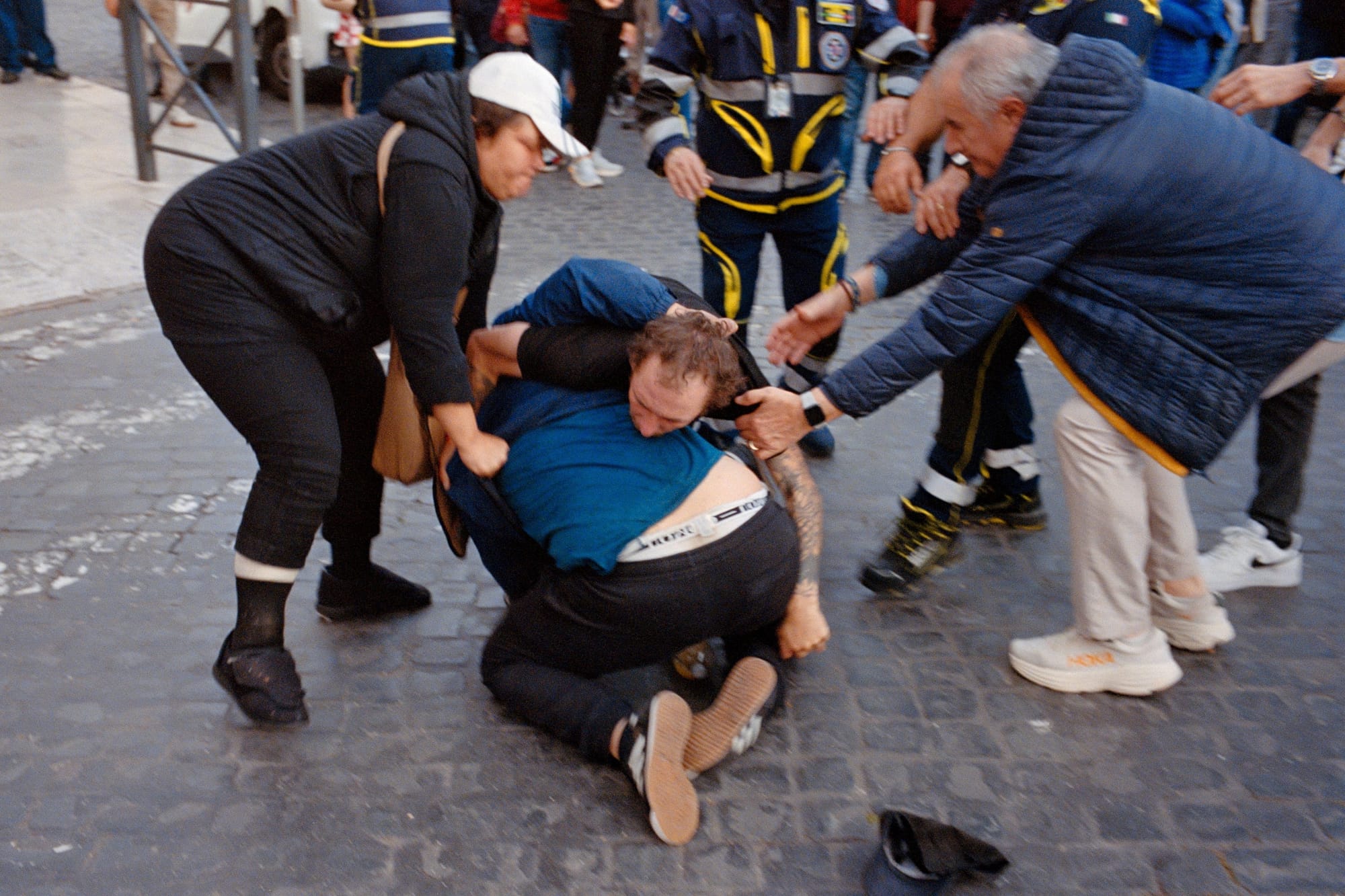
Rome isn't just where Yanis lives — it's a city that feels like an endless film set to him. He's always been drawn to places where people flow naturally through wide streets, not necessarily crowded spaces, but those that carry a steady rhythm of life. For a long time, his usual route would begin at Piazza del Popolo, walking toward Piazza di Spagna. He loved how the architecture frames the background there, creating a perfect stage where everyday life unfolds.
In more recent years, his attention has shifted toward the Prati district and the streets surrounding the Vatican. Everything comes together for me there — people, light, architecture. I always feel calm and at ease in that area. Like I've lived there before, maybe in another life. It's a place that continues to pull him back, especially now, during the Jubilee Year. Yanis feels a quiet urge to document as much as he can of a daily life around the Vatican — maybe it will grow into something bigger, but for now, he's letting the story write itself.
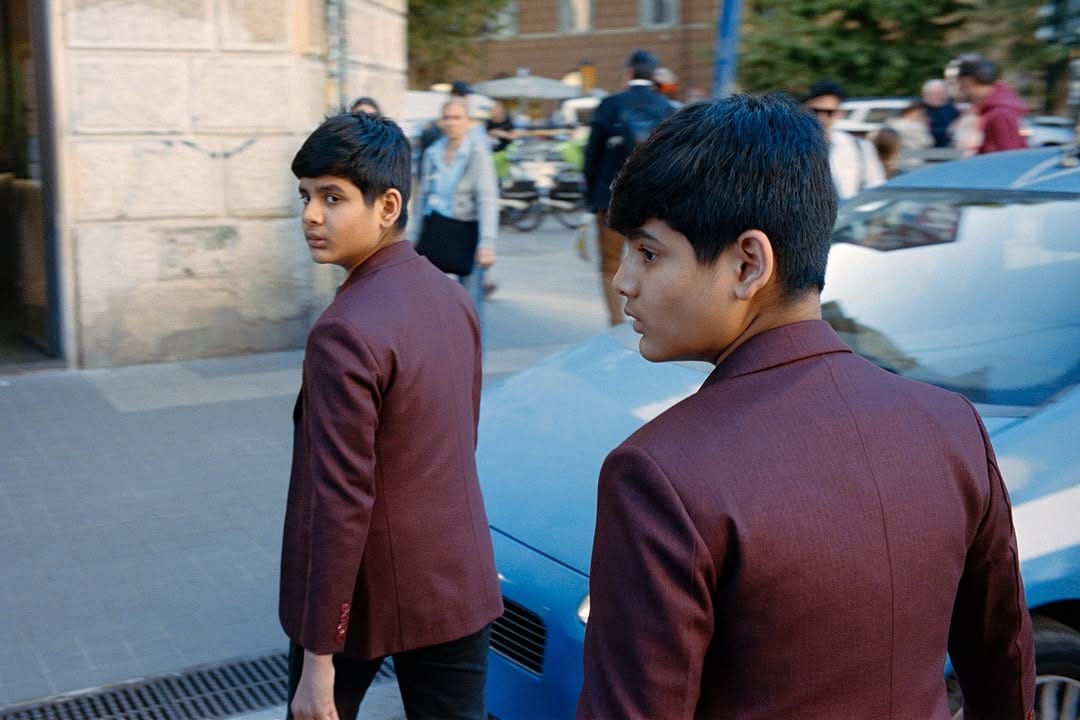
Find more of his film stories and street scenes here.
